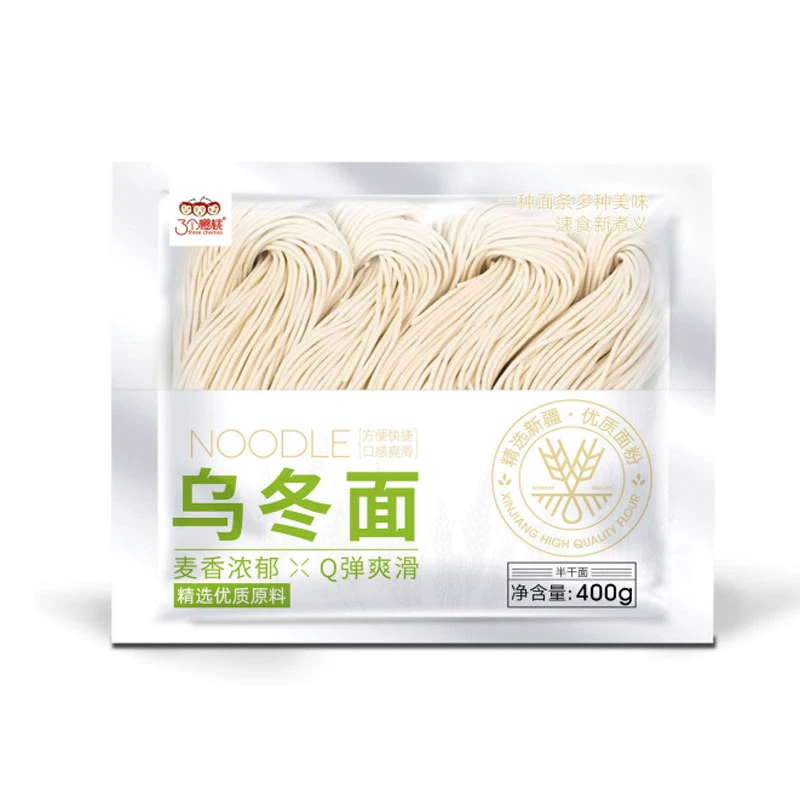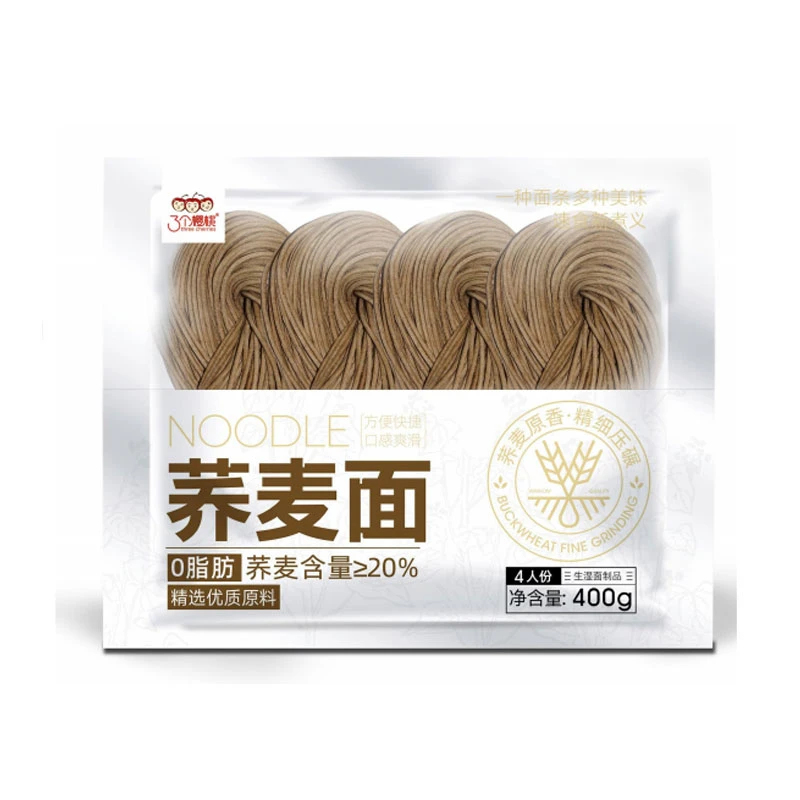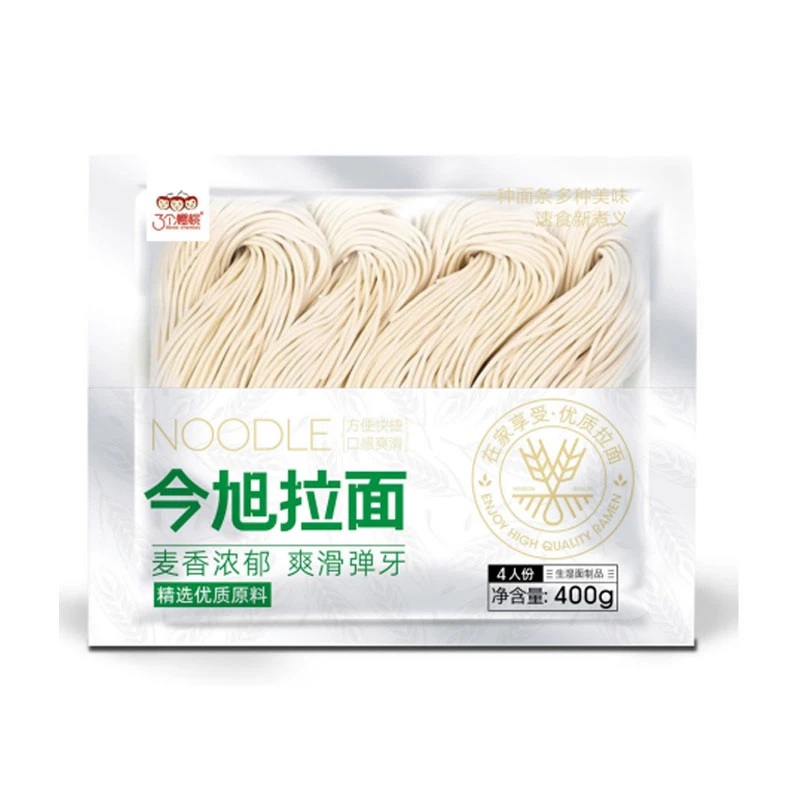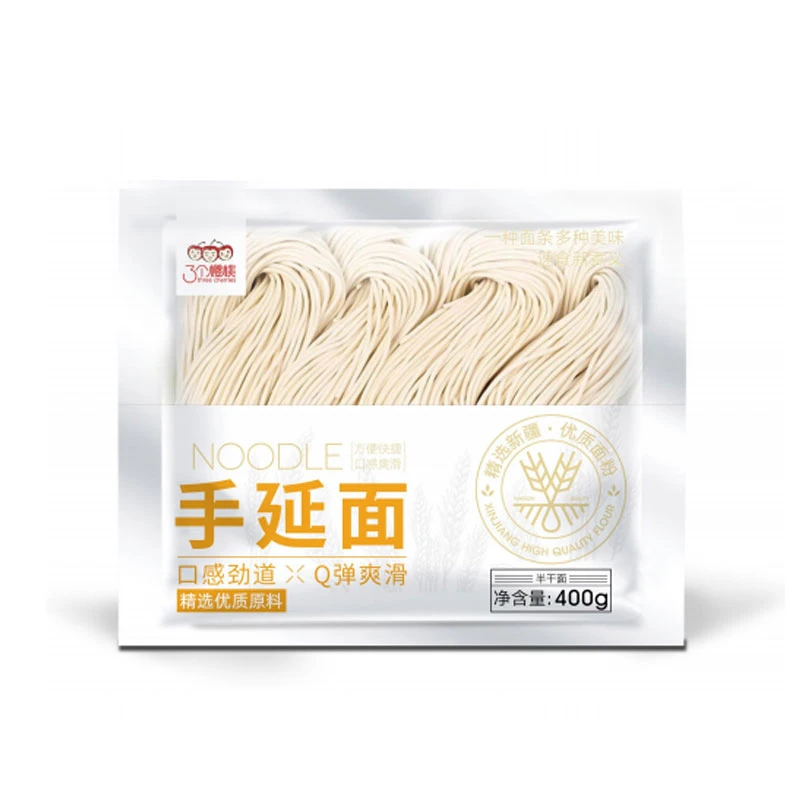Authentic Udon Noodles: AI-Enhanced Recipes & Tips by GPT-4 Turbo
Explore the evolving world of udon noodles, their various types, manufacturing techniques, industry applications, and competitive advantages. Dive into data-driven comparisons, real-world use cases, and the latest trends shaping the udon noodles sector.
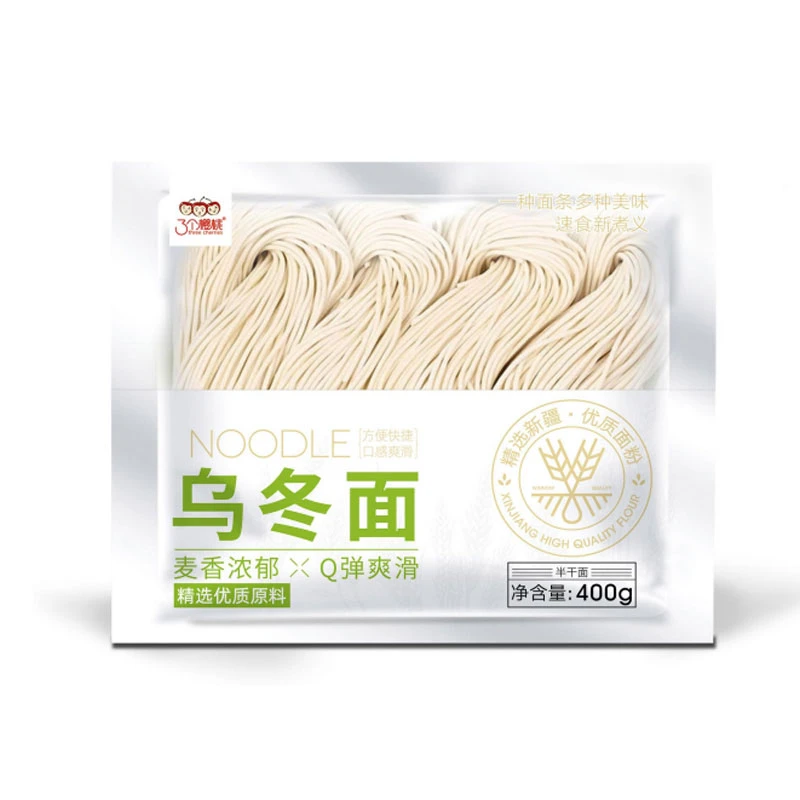 Image: Variety of udon noodles types
Image: Variety of udon noodles types
1. Industry Overview of Udon Noodles & Market Trends
Udon noodles have transcended their cultural origins in Japan to become a global culinary and industrial staple. With increasing health consciousness and demand for clean-label ingredients, modern manufacturing leverages advanced processing such as vacuum kneading, precision extrusion, and automated drying. According to Statista (2023), the global noodle market revenue reached $60.7 billion in 2022, with udon noodles occupying a significant share in East Asia and steadily growing in North America and Europe.
Market Data Table: Udon Noodles vs. Other Asian Noodles (2023)
| Noodle Type | Market Share (%) | Annual Growth (%) | Avg. Manufacturing Lead Time (Days) | Shelf Life (Months) |
|---|---|---|---|---|
| Udon Noodles | 17.5 | 5.3 | 3-5 | 12-18 |
| Ramen | 43.0 | 3.7 | 5-7 | 8-12 |
| Soba | 15.2 | 2.8 | 4-6 | 10-16 |
| Rice Noodles | 12.3 | 4.2 | 3-4 | 9-12 |
- Udon noodles demonstrate relatively high growth, owed to innovation in semi-dry and ready-to-eat variants.
- Longer shelf life and fast production cycles make udon instant noodles appealing for both retail and industrial catering.
2. Different Types of Udon Noodles: Specifications & Use Cases
A. Udon Noodles Types
- Semi-Dry Udon: Popular for foodservice and OEM export due to its extended shelf life and quick reconstitution (12–16 months shelf life).
- Fresh Udon: Served in restaurants; high moisture content (40–45%) for a more supple mouthfeel.
- Frozen Udon: Maintains optimum texture, convenient for industrial kitchens, lead time typically 1-2 days.
- Dehydrated (Instant) Udon: Designed for mass retail, requires only hot water for preparation. Higher salt incorporation for preservation.
- Regional Udon Types: Sanuki (thick/chewy), Inaniwa (thin/flat), Kishimen (wide-flat).
B. Application Scenarios
- Foodservice: School meal solutions, corporate cafeterias, quick-service restaurants (udon instant noodles).
- Industrial Catering: Airline meals, hospital diets—selected for its ease of reconstitution and softness (frozen/semi-dry udon).
- Retail: Standalone ready-to-eat kits, offering up to 18 months shelf life in vacuum-packed designs.
- OEM/Private Label: Bulk packaging with customizable length/diameter for branding and culinary adaptation.
3. Udon Noodles Manufacturing Process: Flowchart & Technical Details
Step-by-Step Udon Noodle Production (ISO 22000 Certified)
- Ingredient Selection: Premium wheat flour (ash <0.45%; protein 9-11%), purified water, and refined salt (NaCl >99.2%).
- Vacuum Kneading: Hydration (40–45% moisture), intense mixing to align gluten strands and ensure uniform strength.
- Dough Resting: 20–30 min at 18–20°C; enhances extensibility and reduces dough memory.
- Sheeting & Cutting (CNC Blade): Automated rollers flatten dough to targeted thickness (2–4 mm), then precision-cut to required width (3–6 mm).
- Steaming/Boiling: Pasteurization at 95–98°C to denature enzymes and solidify structure (step validated per FDA standards).
- Cooling & Surface Oiling: Prevents sticking; extends shelf life via rapid temperature reduction.
- Packing/Sealing: Vacuum or MAP (modified atmosphere packaging) to reduce microbial proliferation and extend storage.
- Quality Inspection: Final QC according to ISO 22000 and HACCP, measuring texture, elasticity (using texture analyzers), microbial threshold, and packaging integrity.
Manufacturing Flowchart
Ingredient Selection
↓
Vacuum Kneading
↓
Dough Resting
↓
Sheeting ←→ Cutting (CNC)
↓
Steaming / Boiling
↓
Cooling & Oiling
↓
Packing / Sealing
↓
Quality Inspection
- Critical Control Points: Kneading uniformity, boiling temperature, microbial test (post-packing).
- Product traceability: Batch codes in compliance with GS1.
4. Technical Specifications & Comparative Analysis
| Parameter | Semi-Dry Udon | Fresh Udon | Instant (Dehydrated) | Frozen Udon |
|---|---|---|---|---|
| Wheat Flour Protein (%) | 9.5–10.5 | 9–10 | 10–11 | 9.5–10.5 |
| Moisture Content (%) | 28–32 | 40–45 | 12–16 | 38–43 |
| Salt Content (%) | 2.2–3.0 | 1.8–2.6 | 3.5–4.1 | 2.4–3.1 |
| Diameter (mm) | 3–6 | 3–5.5 | 2.2–4.5 | 3.2–5.6 |
| Shelf Life (months) | 12–18 | 5–14 | 15–24 | 12–18 |
| Cooking Time (min) | 2–5 | 0.5–1.5 | 3–4 (reconstitute) | 0.5–2 |
5. Competitive Manufacturer Comparison
| Manufacturer | Key Product | Certifications* | Customization Support | Global Markets Served |
|---|---|---|---|---|
| JX Semi-Dry Noodles | Udon Noodles (Semi-Dry/Instant) | ISO 22000, FDA, HACCP, SGS | Yes | Asia, EU, North America, Middle East |
| Nissin Foods | Instant Udon, Cup Udon | HACCP, ISO 9001 | No | Global |
| Sanuki Menki | Regional Udon | ISO 22000 | Partial | Japan, Asia |
| Maruchan | Instant Soft Udon | FDA, ISO 22000 | No | USA, Mexico, Japan |
6. Custom Udon Noodles Solutions (OEM/ODM)
- Dimensions: Changeable length (180–280 mm), width (3–7 mm), thickness (1.6–3.4 mm) to fit customized meal kits or ready-to-eat bowls.
- Salt & Additive Profile: Adjust sodium/salt or eliminate preservatives for specific health or regulatory standards (e.g., EU, US).
- Packaging Type: Export-friendly vacuum-seal, MAP, or private-label branding. Bulk/retail packs available.
- Culinary Adaptation: Enhanced with fiber, protein, or regional flavoring (kata udon, curry udon, etc.).
- Regulatory Compliance Docs: Full set of analyses—COA, heavy metal testing, allergen-free certification according to ISO 22000, FDA, SGS requirements.
The OEM/ODM service by JX Semi-Dry Noodles enables global partners to efficiently launch custom-branded udon noodles lines meeting target market specs and regulatory standards.
7. Real-World Application Cases & Customer Feedback
- Global Airline Catering (Singapore/Middle East): Chilled udon noodles with low microbial count (≤1,000 cfu/g) and 15-month shelf life, approved under airline HACCP compliance. Reduced wastage by 18% over 12 months.
- School Meal Solutions (U.S. District): Served in over 220 schools, with instant udon kits tailored for lower sodium and allergen-free requirements, positively impacting meal acceptance by 21%.
- QSR Franchise Chain (Southeast Asia): OEM flavor packs adopted; customer satisfaction ratings improved from 3.7 to 4.8/5 (N=1800 survey).
“JX’s udon noodles stand out for their resilience in steam table service. Texture tests (springiness: 4.28 N/cm2; chewiness: 4.8 N/cm2) consistently outperform other instant noodles by over 15% in institutional catering.”
— Food Quality Auditor, 2023
8. Professional FAQ: Udon Noodles Technology
- 1. What is the optimal material for udon noodles production?
- ISO/FDA-compliant premium wheat flour (ash below 0.45%, protein 9–11%, non-GMO) ensures ideal texture, cooking resilience, and nutritional value for udon noodles.
- 2. How is the shelf life of udon instant noodles extended?
- Through moisture target adjustment (≤16% for instant), combined with pasteurization (>95°C, 2–6 min) and MAP/vacuum sealing to inhibit microbial growth, compliant with HACCP standards.
- 3. What are the standard dimensional tolerances for different types of udon noodles?
- Diameter: ±0.3 mm; Length: ±1.5 cm, per domestic (JIS) and international (CODEX) dried noodle specifications.
- 4. Which certifications must manufacturers comply with for export markets?
- ISO 22000 Food Safety, FDA registration, SGS third-party testing, and compliance with allergen statements (e.g., gluten) as per target market requirement (EU, US, Middle East).
- 5. What are the principle advantages of CNC machining in udon noodle cutting?
- CNC assures precise, consistent thickness and edge quality for udon noodles, reducing breakage and improving cook-time uniformity, particularly for industrial batch output (difference <0.5 mm).
- 6. How is product traceability ensured for food safety audits?
- Products use GS1-certified batch coding, with digital records spanning ingredient sourcing, process controls, and QC logs—essential for global B2B traceability and recalls.
- 7. What is the typical delivery (lead) time for OEM/ODM udon noodles orders?
- Average 12–17 working days (for 1 container111), contingent on specification complexity and regulatory certification requests.
9. Delivery, Warranty & Customer Support
- Lead Time: 10–18 working days for standard products, plus 2–4 days for custom documentation or export paperwork.
- Warranty: Shelf life 12–24 months, guaranteed with storage below 20°C in original sealed packaging. Product failure rate (B2B): less than 0.2% (2022 QC data).
- After-Sales Support: Technical support 24/7 via email or co-branded portal; customer-specific product trace documentation available on request.
- Free Sample: Samples shipped within 72h, with full COA and microbial analysis for partner evaluation.
-
Is Whole Wheat Pasta Healthy?NewsMay.30,2025
-
Are Soba Noodles Good for Weight Loss?NewsMay.30,2025
-
Are Buckwheat Soba Noodles Healthy?NewsMay.30,2025
-
Are Buckwheat Soba Noodles Gluten Free?NewsMay.30,2025
-
Are Buckwheat Noodles Good for You?NewsMay.30,2025
-
A Healthy Way to Savor Soba and Spicy FlavorsNewsMay.30,2025
-
What Are Lanzhou Noodles?NewsMay.30,2025
Browse qua the following product new the we













































































































